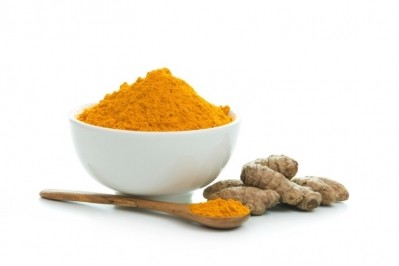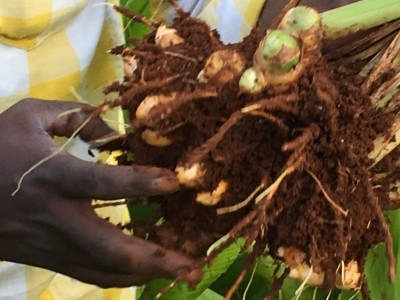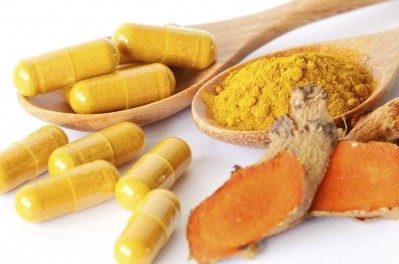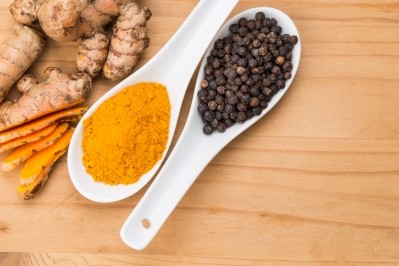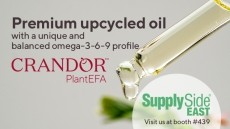Experts hit back at ‘inaccurate headlines’ after review questions curcumin
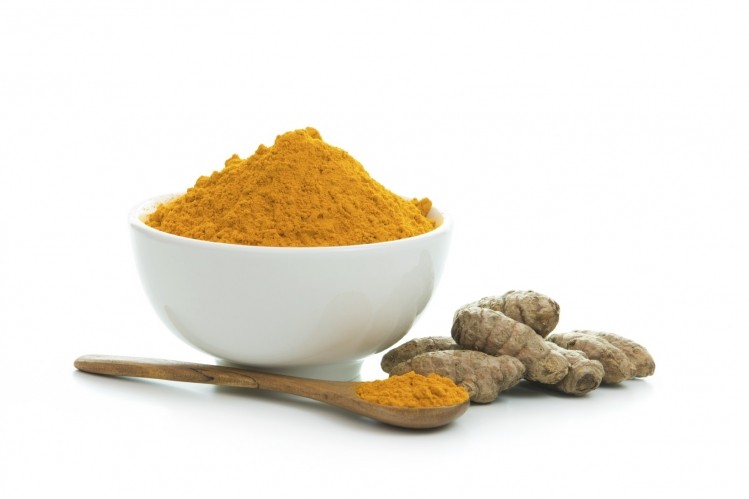
A mini-perspective published in the American Chemical Society’s Journal of Medicinal Chemistry, led by scientists from the University of Minnesota, concluded; “Unfortunately, no form of curcumin, or its closely related analogues, appears to possess the properties required for a good drug candidate (chemical stability, high water solubility, potent and selective target activity, high bioavailability, broad tissue distribution, stable metabolism, and low toxicity).”
The review has received some mainstream attention, with The Huffington Post publishing an article with the headline, “Turmeric May Not Be A Wonder Spice After All”, while ScienceDaily ran an article with the headline, “Contrary to decades of hype, curcumin alone is unlikely to boost health”.
Dr Maged Sharaf, Chief Science Officer for the American Herbal Products Association, told us: “This mini-perspective has been misinterpreted to create inaccurate headlines and articles that misinform the public about turmeric and turmeric-based ingredients. It should not be interpreted that turmeric or its metabolites provide no health benefits. The mini-perspective simply states that anyone trying to develop the chemical curcumin into a drug must use well-designed research protocol.
“There are dozens of published clinical studies showing that turmeric and its constituents impart significant health benefits, and misinterpreting this paper discussing curcumin viability for drug development to discount those benefits does a disservice to human health.”
“This review is not the last word on curcumin,” said Lynda Doyle, Senior VP Global Marketing for OmniActive Health Technologies, which supplies the CurcuWin branded curcumin ingredient with enhanced bioavailability. “It is far from comprehensive and offers a limited perspective on the use of curcumin for drug-like/pharmaceutical applications. We should learn from this article and continue down the right path of building substantiation in well-designed, human clinical trials in a healthy population.”
Distinctions required
While the headlines are focusing on turmeric/curcumin and health, Stefan Gafner, PhD, Chief Science Officer for the American Botanical Council, stressed that it is important here to distinguish the “drug development” from the “dietary supplement” approach.
“The authors consider curcumin an unsuitable drug lead and suggest that future research on turmeric should be more focused on its use as a traditional medicine rather than a conventional pharmaceutical drug,” he said.
Dr Gafner noted that their conclusions are based on the observations that:
- Curcumin interferes with many bioassays (a so-called pan assay interference compound, or PAIN)
- Curcumin lacks specificity, which means it has a high number of bioactivities, and shows a high rate of positive results in bioassays
- Curcumin has unfavorable pharmacokinetics (low bioavailability, rapid degradation)
- It has not shown clinical benefits in double-blind, placebo-controlled clinical trials (examples given here are radiation dermatitis, colon cancer, pancreatic cancer, and Alzheimer’s disease)
PAINS
PAINS is an approach, which is often blinded by the One Drug-One Target approach, explained Anurag Pande PhD, VP Scientific Affairs, Sabinsa, which supplies the C3 Reduct ingredient (standardized to 95% tetrahydrocurcuminoids) and the Curcumin C3 Complex (a combination of curcuminoids with Sabinsa’s bioavailability-enhancer BioPerine, derived from black pepper).
“Multi-target drugs may often appear as PAINS, which could be considered as candidates for exploring multi target activities. In other words it is important to spot the PAINS compounds, but a PAINS Compound should be only be rejected based on the scientific and clinical evidence rather than simply because of its appearance as PAINS,” said Dr Pande.
It is also important to discuss curcumin versus curcuminoids, which is how it is stabilized in nature. “Synthetic Curcumin as a single entity does not have status of dietary supplement ingredient. It does not occur in nature as single component. To single out curcumin from its “ever present natural analogues” (bis demethoxy curcumin and Demethoxy curcumin) to evaluate its clinical significance is not logical,” said Dr Pande.
Curcumin is present in nature along with these two analogue compounds, he added. The significance of these two, while only forming minor portion of the curcuminoids, is that they stabilize the curcumin in the physiological medium i.e. inside the human body.
“Superior directions for future research in the turmeric domain”
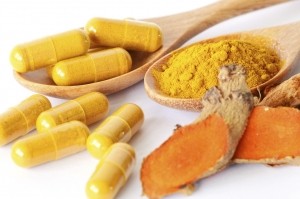
ABC’s Dr Gafner added: “As I said before, the use of curcumin as a conventional drug and as a dietary supplement must be distinguished. I agree with the authors that caution must be taken when interpreting in vitro data using this compound. Curcumin has given positive results in so many of these tests that some of these results are likely due to assay interference rather than actual bioactivity of curcumin. I also think that the usefulness of curcumin as a conventional drug to treat cancer or AD is limited.
“On the other hand, I believe that the use of curcuminoids, turmeric extracts, or powdered turmeric as a dietary supplement, in particular in the area of inflammatory dieseases, has merit and warrants further investigation. The limitations in bioavailability and stability of curcumin are well-known, and can be addressed to some extent by improving the formulations,” said Dr Gafner.
Indeed, numerous solutions are already available from dietary ingredient suppliers, with DolCas Biotech/ EuroPharma, Indena, OmniActive, Sabinsa, Spiceuticals, Verdure Sciences, and Wacker all offering curcumin ingredients with enhanced bioavailability.
Patrick Coppens, director of regulatory & scientific affairs for Food Supplements Europe, noted that the potential gaps in the knowledge about curcumin, such as solubility, instability and bioavailability, are well known in the scientific community.
“These aspects are being researched and are the basis for the development of optimized curcumin based products, both in the area of medicines and supplements,” he said. “Our experts feel that the research currently conducted on the demonstration of positive biological effects of curcuminoids is not given full attention. Focus is rather on the negative aspects.
“Still, it is positive that in their conclusions, the authors admit that, ‘considering the overwhelming evidence showing the weakness of isolated curcumin/curcuminoids as viable therapeutic, consideration of holistic approaches that take into account the chemical and [pharmacokinetic/pharmacodynamic] complexity of turmeric and its broad traditional medicines/nutritional foundation appears to be superior directions for future research in the turmeric domain’.”
Coppens added: “Our experts would also like to draw attention to the commentary published in Nature (Vol 541, 144, 2017) by Julie Ryan, a radiation oncologist at the university of Rochester Medical Center in New York, who states that: ‘There is evidence that the biological activity of curcuminoids is real’.”
A role for the gut microbiota…
ABC’s Dr Gafner also noted that the review authors did raise an interesting point relating to curcumin’s potential health benefits being linked to interactions with the gut metabolome: “As an alternative approach, it may be possible for curcumin to have an effect on human health without being absorbed. Emerging research suggests that it could affect the gut microbiota, which has been linked to several chronic diseases.”
Source: Journal of Medicinal Chemistry
Published online ahead of print, doi: 10.1021/acs.jmedchem.6b00975
“The Essential Medicinal Chemistry of Curcumin”
Authors: K.M. Nelson et al.
